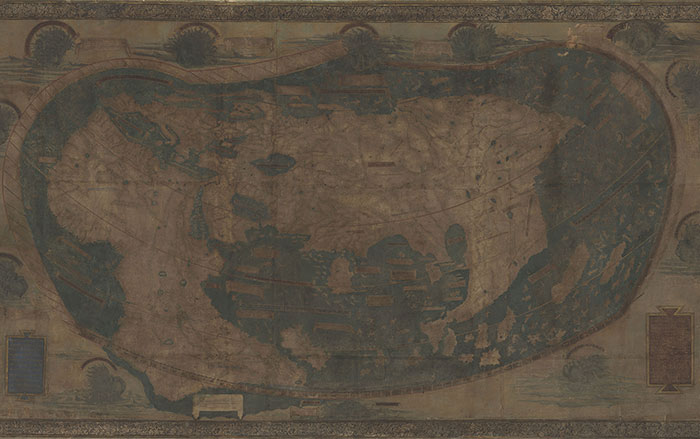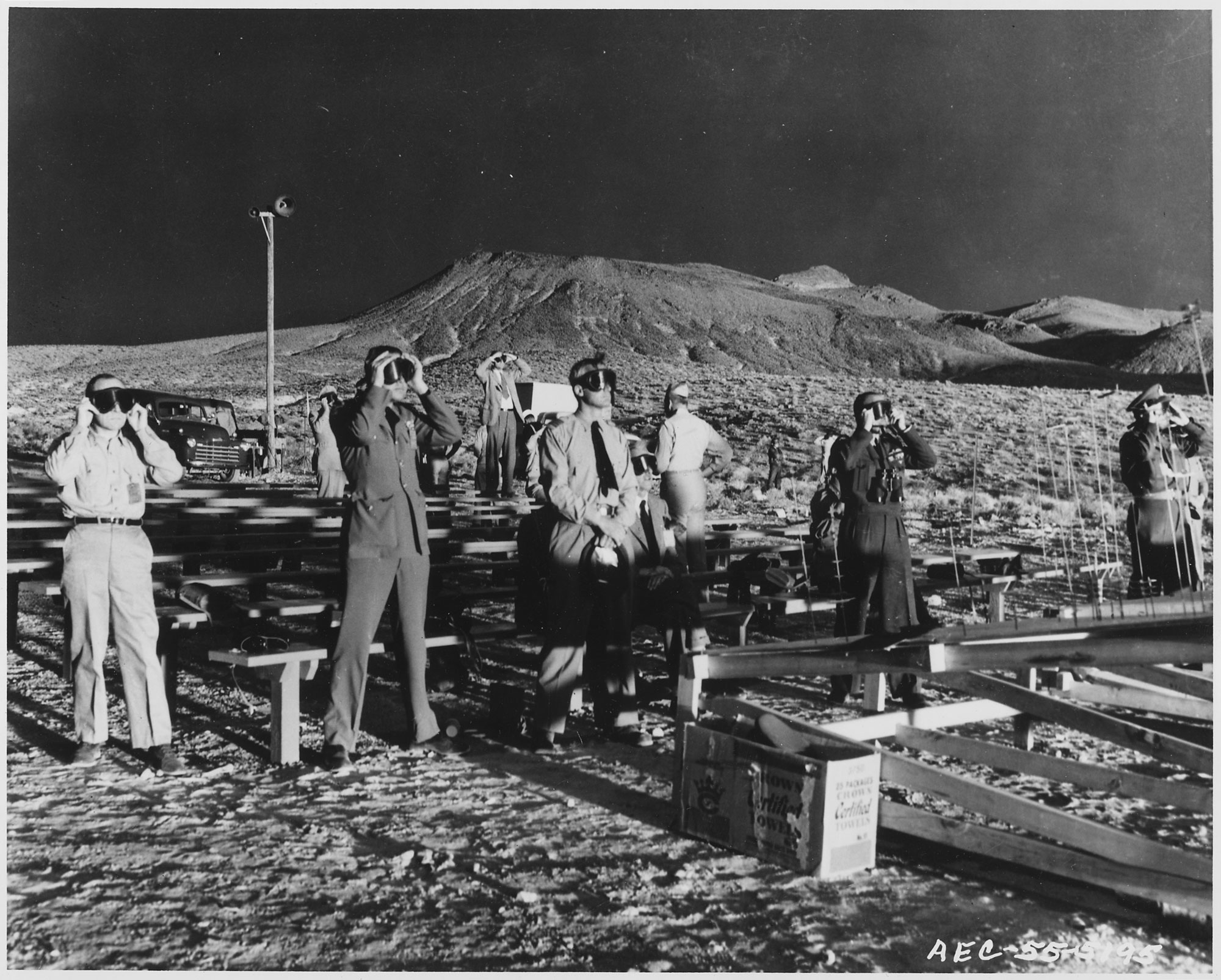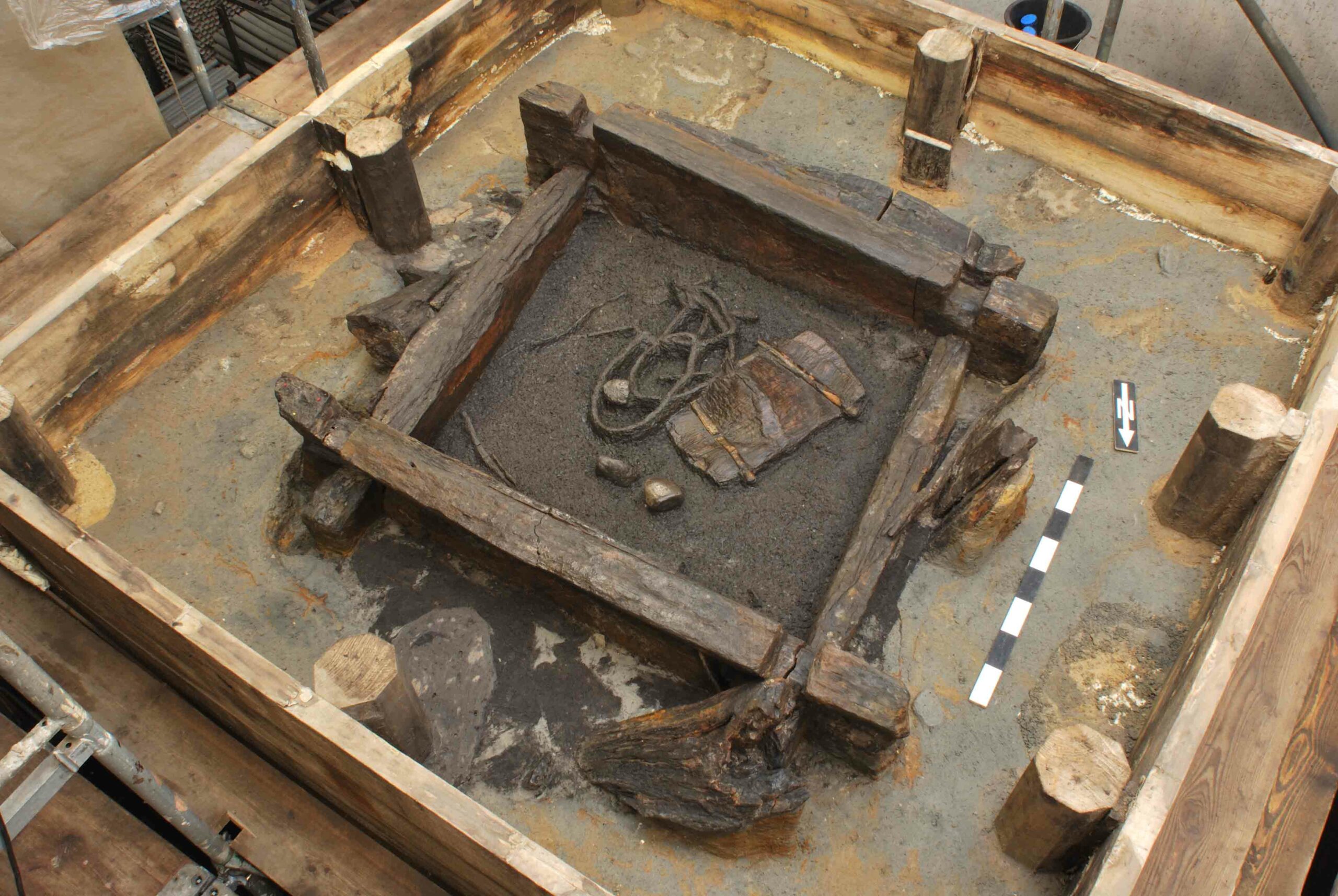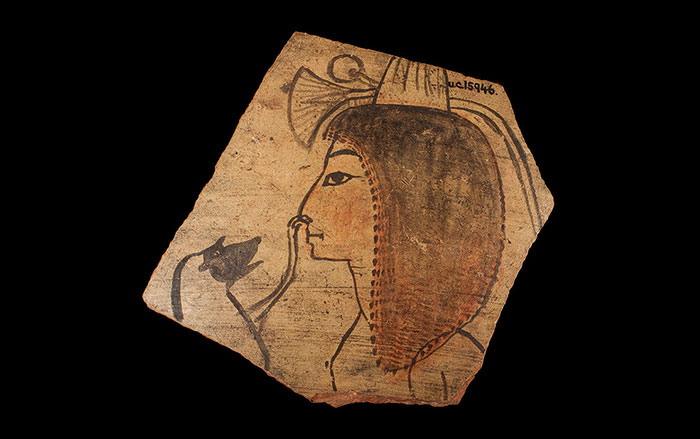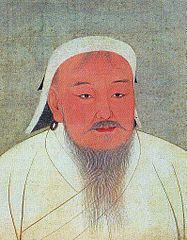
LEICESTER, ENGLAND—Nature News reports that geneticists Mark Jobling of the University of Leicester and Patricia Balaresque of Paul Sabatier University have found evidence for ten powerful men, in addition to Genghis Khan, who founded y-chromosome lineages in Asia. Jobling’s team analyzed the Y chromosomes of more than 5,000 modern men from 127 populations and identified 11 y-chromosome sequences that were each shared by more than 20 of them. By examining the mutations in the shared sequences, they were able to determine approximately when the founder of each lineage lived. (It was assumed that these founders lived in the regions where their genotypes were the most prevalent and diverse.) Genghis Khan’s lineage, first identified more than ten years ago by Chris Tyler-Smith, now of the Wellcome Trust Sanger Institute, is shared by eight percent of men in 16 populations across Asia. The previously identified line that began in China with the ruler Giocangga, who died in 1582, also stood out in the new study. A third lineage has been dated to around 850 A.D., and further research could identify its founder. These three lineages expanded westward, possibly carried by sons of the founders who traveled along the Silk Road. The other lineages are estimated to date sometime between 2100 B.C. and 700 A.D., when hierarchical, authoritarian societies emerged in Asia. “Lots of men have lots of sons, by chance. But what normally doesn’t happen is the sons have a high probability of having lots of sons themselves. You have to have a reinforcing effect,” Jobling explained. To read about the search for the Mongol Emperor's tomb, see "Genghis Khan, Founder of the Mongol Empire."



